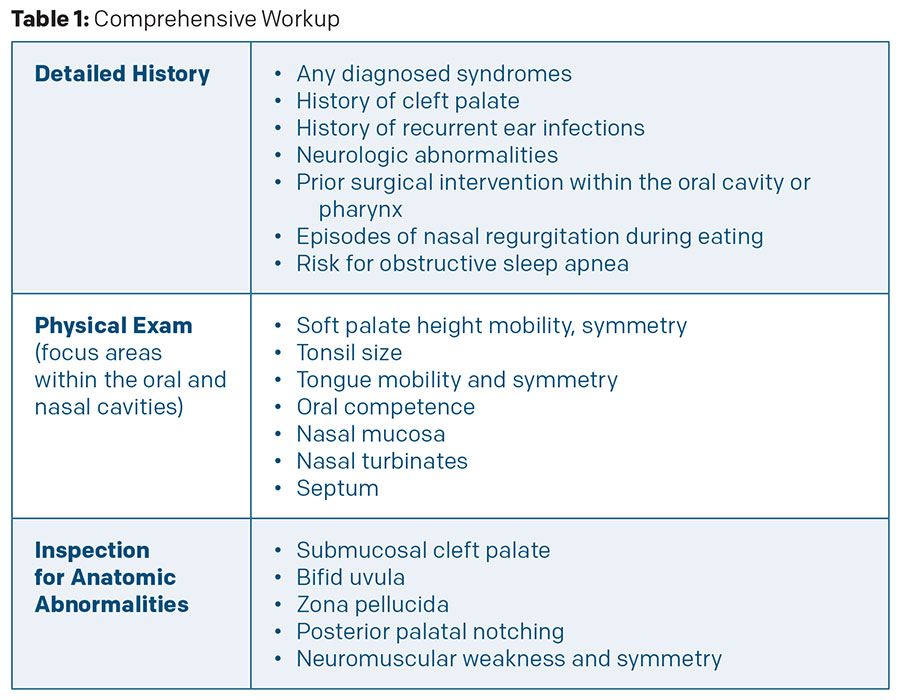 Key takeaways to consider if you’re planning to use injectables for VPI:
Key takeaways to consider if you’re planning to use injectables for VPI:
Explore This Issue
April 2025Dr. Cofer
- Great option for patients who may not medically be able to undergo a major surgery;
- Great option for those with small to moderate gap size; and
- Essential that patients be treated by a physician/center with experience in using injectables in this setting.
Dr. Willging
- When using Deflux, there is a chance of the needle hub disconnecting from the syringe. He transfers the Deflux to a 1 ml TB slip tip syringe and then places it into a Bruning syringe. This prevents the potential loss of the material during the injection.
- Using the injectable correctly is critical. Generally, only inject it superficially into the submucosa.
- He uses prophylactic antibiotics in kids due to the insertion of the needle into a nonsterile site.
Dr. Bock
- Inject that material superficially.
- If not injected superficially, spinal infections may occur. To avoid this, many practitioners recommend the use of empiric antibiotic treatment.
Dr. Fritz
- Injection should be performed where the palate meets the posterior oropharyngeal wall to close the gap where this mobile structure will hit.
- To increase the amount of filler injected into irradiated tissue where there is no potential space in the posterior wall, he injects the filler into the soft palate itself with good effectiveness.
- Screen patients with neurologic issues or a history of head and neck cancer for VPI.
Dr. Bryson
- The patient population for VPI is heterogeneous.
- Detection and identification of VPI, along with patient symptoms, are the first steps to a treatment pathway.
For patients who are considered good candidates for injectable fillers, the size of the gap to fill is critical, with most experts interviewed for this article citing the use of injectables only for small sizes and most saying that there is no standard way of determining gap size. Dr. Cofer uses the standard cited in her article, the Golding–Kushner technique outlined by the International Working Group. In that scale, small gaps are less than 20% of the resting velopharynx, moderate gap sizes are 20%-50%, and large gap sizes are more than 50%. All the physicians interviewed for this article agreed that large gap sizes are not suitable for injectables.
Mary Beth Nierengarten is a freelance medical writer based in Minnesota.
Leave a Reply